As the African bush transforms beneath the soft glow of the dry season, a different kind of magic comes alive at Makumu Private Game Lodge. The land opens up, wildlife thrives around dwindling waterholes, and every game drive promises breathtaking encounters. Pair this with our intimate and beautifully themed Tribal Suites, and you have the makings of an unforgettable safari. Join us as we take a closer look at the dry season...
April/May 2019 Wildlife Report
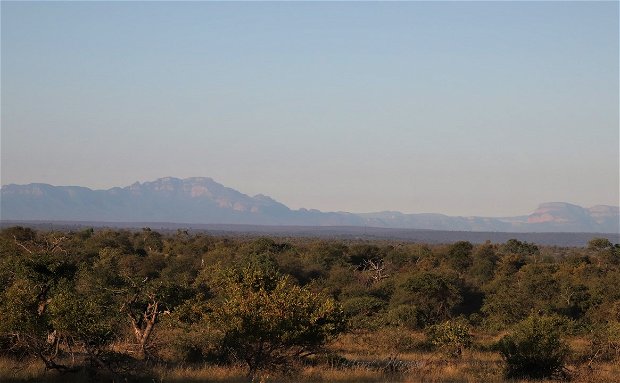
Welcome back for another update from the Wild West of the Klaserie Private Nature Reserve!! I will be covering updates from April and May in this blog entry…
Summer has officially gone, but we still have had some warm days to contend with which has drawn many animals down to the Klaserie River to quench their thirst. Numerous butterfly species frequent the lush Makumu gardens and one could be lucky to see African Monarchs, Diadem, Blue Pansy, Yellow Pansy, Smoky Orange Tips, Broad-bordered Grass Yellows, Green banded Swallowtails and many more whilst walking through the camp. The evenings and mornings have become colder and it is already necessary to use fleeces, jackets, beanies and gloves!
 Left: African monarch, Right: Plains zebra
Left: African monarch, Right: Plains zebra
Sightings in general have been great and we have had numerous general game species around including Plains zebra, giraffe, blue wildebeest, kudu, Impalas (rutting/breeding season), great bird life, and some good sightings of Spotted genets at night time.
 Left: Spotted genet, Right: Moon
Left: Spotted genet, Right: Moon
 Top left: Spotted eagle owl, Middle left: Grey heron, Bottom left: Lilac-breasted roller, Top right: Rare yellow-billed oxpecker, Bottom right: Malachite kingfisher
Top left: Spotted eagle owl, Middle left: Grey heron, Bottom left: Lilac-breasted roller, Top right: Rare yellow-billed oxpecker, Bottom right: Malachite kingfisher
Leopard:
Leopard sightings have been phenomenal!
“Saseka” (Beautiful) – She has been seen on many occasions on the Eastern portions of our traverse. This female mated about 2 months ago and by July we should hopefully see her with a litter of cubs.
With the impala rutting/breeding period in full swing, leopards are constantly on the lookout to hunt the fighting male impalas. During this period the male mortality to leopard would be quite high as they focus mainly of fighting, rounding the females up and mating. So needless to say, Saseka has been spending lots of time around the old airstrip, where there are many male Impalas rutting, hoping to get lucky…
 Above images: Saseka
Above images: Saseka
Closer to Makumu we had many sightings of the nearly independent 18-month-old youngsters. The brother and sister now also spend more time apart and it seems like the young girl is not allowed to associate with mom any longer. The boy however still reckons his mom owes him a meal from time to time, so he often tracks her down while she is calling to potentially link up with a big male. I have a suspicion that she is currently in oestrus and may be very vocal to attract a male.
The young female killed an adult male impala recently, but unfortunately, she was not able to secure the kill and had a spotted hyena steal it away from her very soon after killing it. The boy managed to kill a Plains zebra foal! Another unknown young male leopard stole it away from him though, but both had plenty to eat.
 Above images: Young male leopard
Above images: Young male leopard
 Unknown young leopard
Unknown young leopard
One evening, just as we were about to start with our dessert, my wife, Melissa, noticed growling between the boma, our house and Ndebele Villa… We searched with spotlights and saw a large male leopard scuff marking very intently. With the intensity of growling it was very clear that there were indeed two males on what must have been a common boundary within a home range slightly overlapping each other’s territories… and now they were both in the same area on that night potentially looking for the female that has been calling so often earlier on.
We got into a game viewer and followed them for another hour or so as they kept walking side on from each other intently marking and growling at one another. The bigger male is known to us and we refer to him as “The Pale Male” and the other was a large male from the West side of Makumu.
Lion:
The Western portion River Pride entertained us with numerous encounters…
Over the last two months at least three of the five lionesses mated with the dominant coalition of our region. When a lioness goes into oestrus (heat) mating could last over a period of 2-5 days. During this time copulation may take place on average every 10-15 minutes. To make l a lengthy discussion shorter… The repeated, quite painful, mating basically induces ovulation which in turn secures pregnancy. During the lengthy oestrus phase the male involved with the initial periods of mating may lose interest, which then leaves opportunity for another coalition member to take over. So once cubs are born there is a good chance that there are offspring sired by more than just one coalition male… perfect for the survival of the youngsters.

Mating lions
 Male lion tracking lioness by following her calls and scent
Male lion tracking lioness by following her calls and scent
The condition of these lions is always in healthy state and they even managed to kill a Blue wildebeest (gnu) not too long ago. Kudu has also been on the menu again.
I am also happy to report that the male that had a very sore looking leg has mended well and patrols territory with his partner as if nothing has ever happened.
 Larger of the two males
Larger of the two males
 The younger and blonder male lion
The younger and blonder male lion
African Elephant:
Elephants have moved through our traverse in their hundreds!! There were days that we found the Klaserie River so full of elephants that we could almost not see the vegetation in the river line!!

Of course with so much activity from the breeding groups in our area it was only a matter of time before some big bulls in Musth began to trail the herds… To briefly explain Musth – This is a condition male elephants go into when the testosterone levels surge. One can identify a bull to be in this condition by a very pungent scent, wet streaks from the temporal glands between the ear and eye and wet back legs as result from constant dribbling of urine. During this time, they are often very agitated and irate which often result in very grumpy individuals. We were fortunate enough during one morning drive to have two of theses irate males squaring off with each other. We kept our distance as fights between Musth bulls could become violent in a matter of seconds. They did not have a major fight during the time we were watching, but their presence and displays were awesome enough to make it truly memorable.

Cape Buffalo:
Sightings of bachelor groups have become more consistent, but we are still eagerly awaiting the arrivals of large breeding herds…

Spotted Hyena:
A large clan of spotted hyena have made themselves at home nicely around the central portions of our property by Malambeni dam.
One of the more dominant females recently gave birth to cubs and we were fortunate to have seen them a few times before they relocated to another den (which we have not located yet). They will often move between dens to prevent parasitic intrusions and problems with larger predators like lions.

We often have great sightings of various clan members resting around the dam and interacting at great levels with each other.

After the lions moved off the wildebeest kill mentioned earlier, a large clan of hyenas could not wait to get into the spoils left on the carcass. One of their favourites would be to crush through larger bones to get to the tasty and nutritious marrow. They manage this with a very powerful bite, which put them at the very top of the list of mammals with the strongest jaws. Spotted hyenas bite over a metric ton per square inch!!!

One morning we had visuals of a single individual close to a spot where the River Pride of lions were resting. Upon closer investigation we saw this guy feeling very sorry for itself and the evidence of an unfortunate argument with 8 Lions was visible all over its body.

Specials:
Once again, we were blessed with a few African wild dog sightings of late. The alpha female in the pack is very heavily pregnant and all we could do now is to hope they den somewhere on our traversing area… Watch this space!

Thanks for following our reports and stories from Makumu!
Please feel free to follow us or leave comments on:
Sending you blessed regards from the Wild and the ENTIRE Makumu family!
Written by: Morné Hamlyn (General Manager)
Photography: Morné Hamlyn (Mbhandzu Photography)
Equipment:
- Canon Eos 650D
- Canon Eos 800D
- Canon 300mm (f/2.8)
- Sigma 70-200mm (f/2.8)
- Canon 70-200mm (f/4)
- Canon 18-55mm IS STM
- Apple iPhone
- Huawei Mate 20
Further Reading
At Makumu Private Game Lodge, luxury and nature go hand in hand. But if there's one experience that captures the soul of African storytelling and wilderness magic, it's our Bush Cinema. Imagine sitting under a canopy of stars, the distant sounds of the wild all around, as you enjoy a carefully curated film in the middle of the Greater Kruger National Park. This is not your average movie night - this is...
Escape to Makumu Private Game Lodge for the ultimate exclusive-use safari experience, designed for families or groups seeking unmatched privacy, luxury, and adventure in South Africa’s iconic Greater Kruger region. With exclusive-use options available for groups of 6 to 12 guests, Makumu offers a fully tailored stay, where the lodge becomes your private sanctuary and every detail is designed around your preferences.


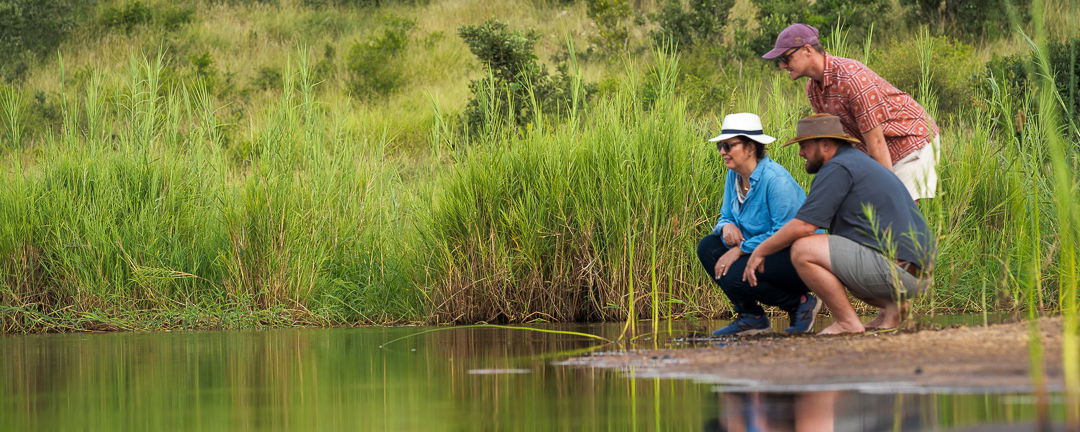





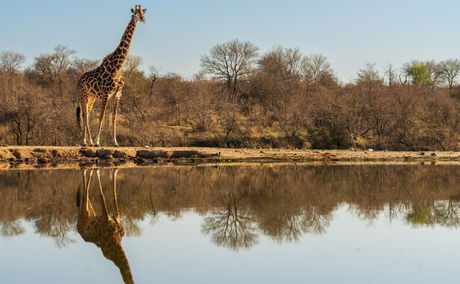
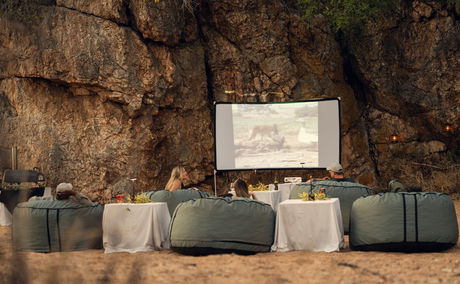
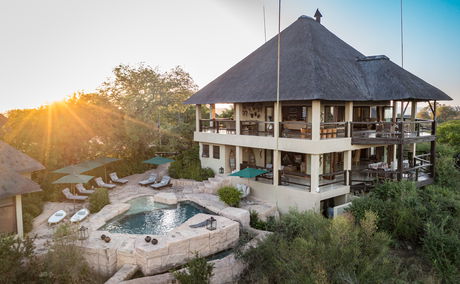
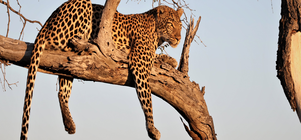
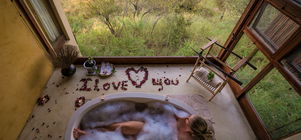
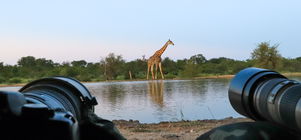

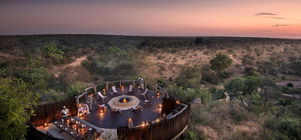
Share This Post